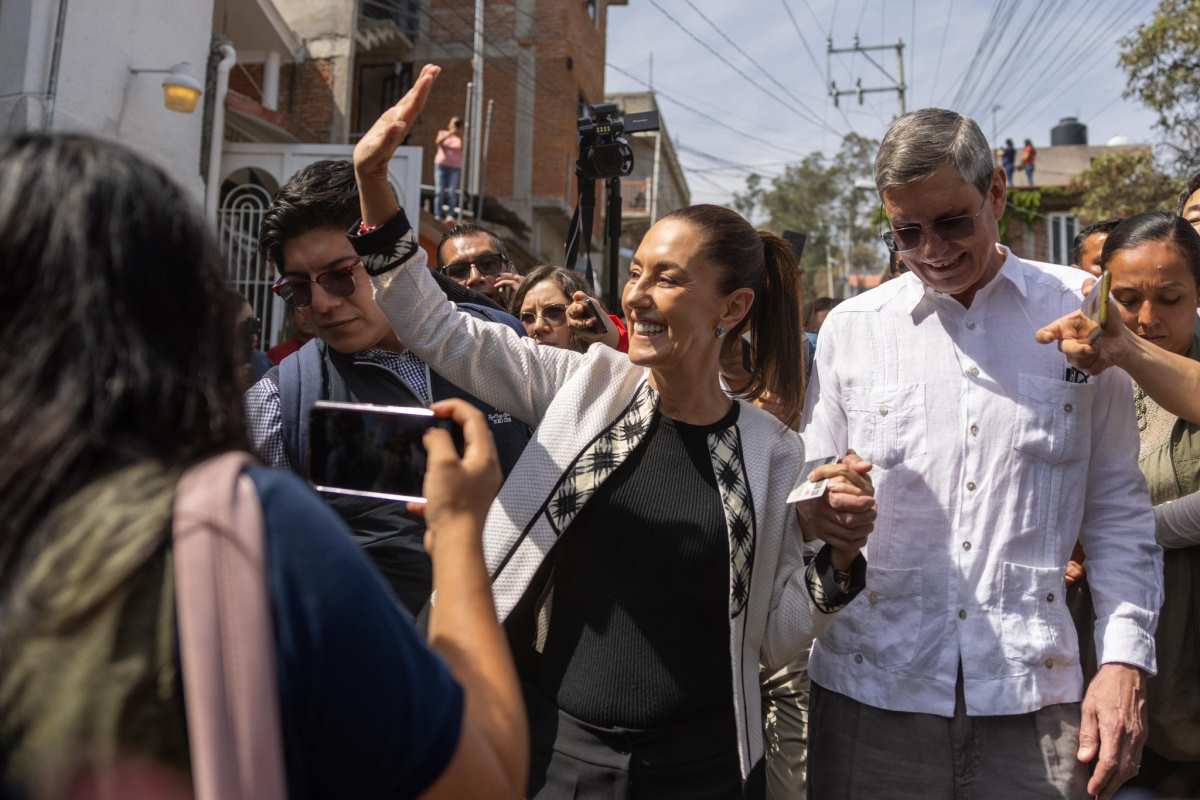Environmental scientist, Jewish and on the side of the poor, the first woman elected to the Presidency of Mexico is already causing a lot of talk about herself. And we like it

Dra. Claudia Sheinbaum/X
In a pioneering victory, climate scientist Claudia Sheinbaum has been elected as the first female and first Jewish President of Mexico. The election has been heralded as one of the largest in Mexican history, featuring record voter turnout and the most seats ever contested.
A historic milestone
During her victory speech, Sheinbaum emphasized the collective effort behind her success.
“I did not get here on my own; we all arrived here together—our heroines who built the nation, our ancestors, our mothers, our daughters, and our granddaughters,” she stated, underlining the significance of the historical moment.
Election dynamics
Initial exit polls had predicted a clear win for Sheinbaum, who at 61 years old, emerged victorious in what has been called the “largest election in the history of Mexico“. This election was particularly notable for featuring not just one, but two women vying to lead one of the world’s largest nations, predominantly Catholic.
Este es el triunfo del pueblo de México, de la revolución pacífica de las conciencias y el reconocimiento de nuestro pueblo a que es claro el mandato de continuar y avanzar con la Cuarta Transformación de la Vida Pública de México. pic.twitter.com/S7kt0LdnW3
— Dra. Claudia Sheinbaum (@Claudiashein) June 3, 2024
Background and political path
Born in Mexico City to a Jewish family with roots in Lithuania and Bulgaria, Claudia Sheinbaum is a physicist, engineer, and researcher. She entered politics as a member of the cabinet of then Mexico City’s head of government, Andrés Manuel López Obrador (AMLO), from 2000 to 2006, serving as the Secretary of the Environment. During this period, she championed significant initiatives like the Metrobús system and an urban reforestation program.
In 2007, she contributed to the work of the Intergovernmental Panel on Climate Change (IPCC), which was awarded the Nobel Peace Prize that year. Sheinbaum served as the head of Mexico City’s government from 2018 to 2023 and has authored over 100 articles and several books on energy, the environment, and sustainable development.
Vision for the future
Sheinbaum’s campaign, under the slogan “For the good of all, the poor first“, aims to address economic inequalities with measures like raising the minimum wage, providing scholarships, and ensuring pensions for women over 60. She has committed to lifting 7.5 million citizens out of extreme poverty by 2030.
The question remains: Will she succeed?
